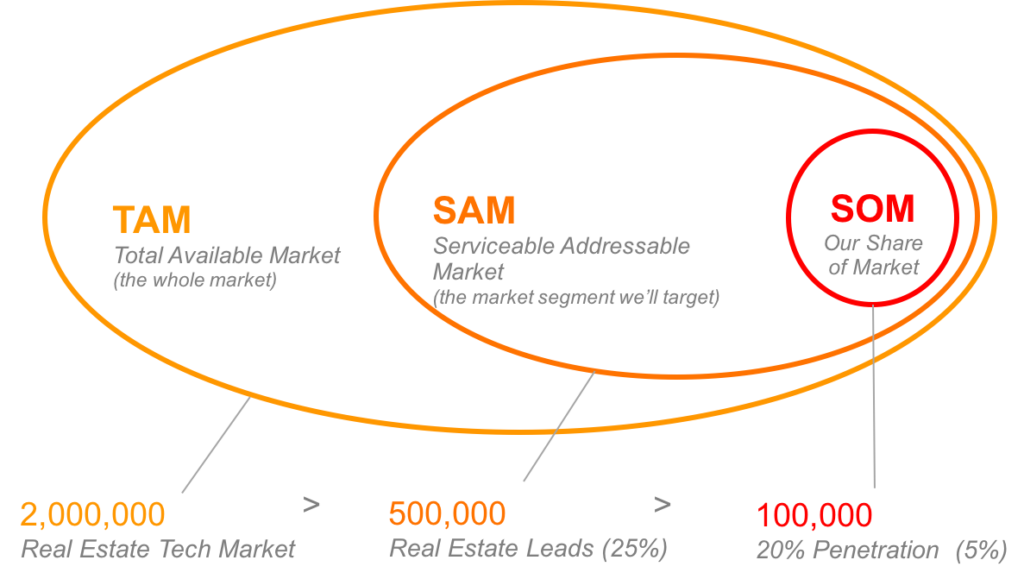Estimating Current Demand
Total Market Potential
Total market potential is the maximum sales available to all firms in an industry during a given period under a given level of industry marketing effort and environ-mental conditions. A common way to estimate total market potential is to multiply the potential number of buyers by the average quantity each purchases and then by the price. If 100 million people buy books each year and the average book buyer buys three books a year at an average price of $20 each, then the total market potential for books is $6 billion (100 million × 3 × $20). The most difficult component to estimate is the number of buyers. Marketers often start with the total population, eliminate groups that obviously would not buy the product, and conduct research to eliminate groups without interest or income to buy.

Area Market Potential
Because companies must allocate their marketing budget optimally among their best territories, they need to estimate the market potential of different cities, states, and nations. Two major methods are the market-buildup method, used primarily by business marketers, and the multiple-factor index method, used primarily by consumer marketers.

The market-buildup method calls for identifying all the potential buyers in each market and estimating their potential purchases. It produces accurate results if we have a list of all potential buyers and a good estimate of what each will buy. Unfortunately, this information is not always easy to gather.
An efficient method of estimating area market potentials makes use of the North American Industry Classification System (NAICS), developed by the U.S. Bureau of the Census with the Canadian and Mexican governments.
The NAICS classifies all manufacturing into 20 major industry sectors and further breaks each sector into a six-digit, hierarchical structure.
To use the NAICS, a lathe manufacturer would first determine the six-digit NAICS codes that represent products whose manufacturers are likely to require lathe machines. Then the lathe manufacturer would determine an appropriate base for estimating the number of lathes each industry will use, such as customer industry sales. Once the company estimates the rate of lathe ownership relative to the customer industry’s sales, it can compute the market potential.
Consumer companies also need to estimate area market potentials, but because their customers are too numerous to list, they commonly use a straightforward index.
A drug manufacturer might assume the market potential for drugs is directly related to population size.
If the state of Virginia has 2.55 percent of the U.S. population, Virginia might be a market for 2.55 percent of total drugs sold.
Yet a single factor is rarely a complete indicator of sales opportunity. Thus, it makes sense to develop a multiple-factor index and assign each factor a specific weight.
Suppose Virginia has 2.00 percent of U.S. disposable personal income, 1.96 percent of U.S. retail sales, and 2.28 percent of U.S. population, and the respective weights for these factors are 0.5, 0.3, and 0.2. The buying-power index for Virginia is then 2.04 [0.5(2.00) + 0.3(1.96) + 0.2(2.28)].
Industry Sales and Market Shares
Besides estimating total potential and area potential, a company needs to know the actual industry sales taking place in its market. This means identifying competitors and estimating their sales.
The industry trade association will often collect and publish total industry sales, although it usually does not list individual company sales. With this information, each company can evaluate its own performance against the industry’s.
If a company’s sales are increasing by 5 percent a year and industry sales are increasing by 10 percent, the company is losing its relative standing in the industry.
Another way to estimate sales is to buy reports from a marketing research firm that audits total sales and brand sales.
example: Iphone Market Share in USA and major European countries.

